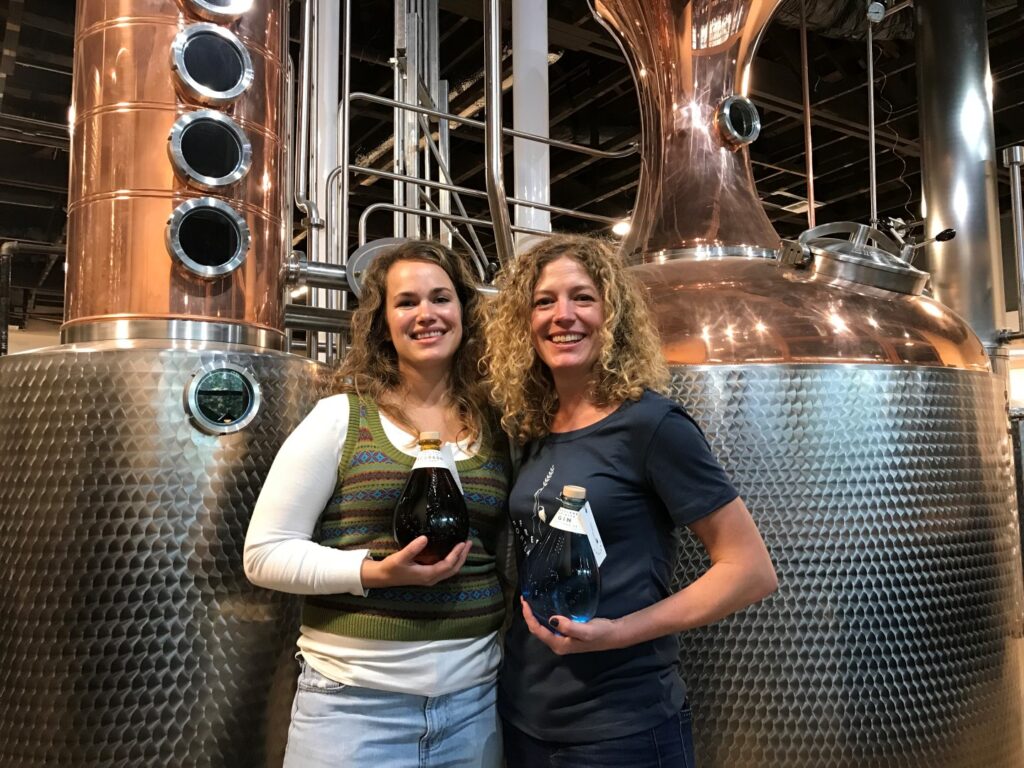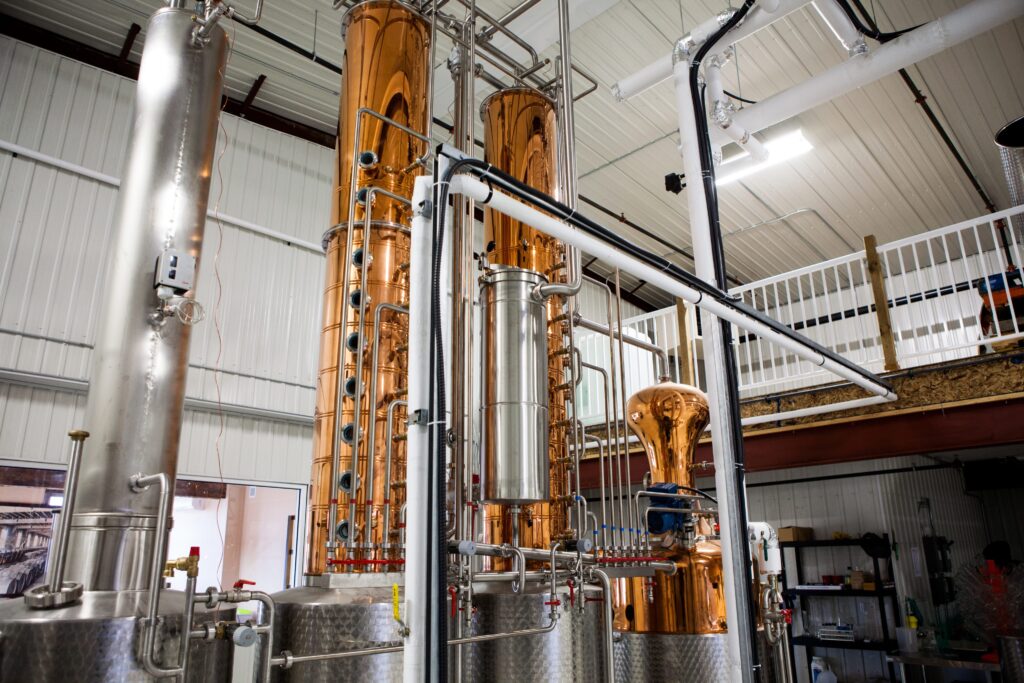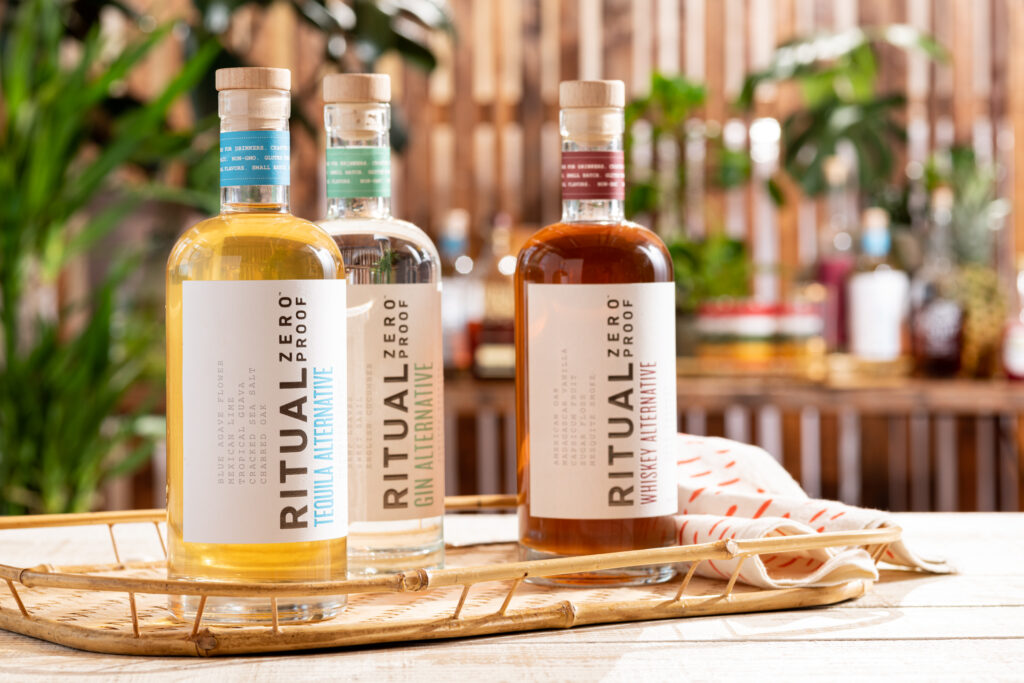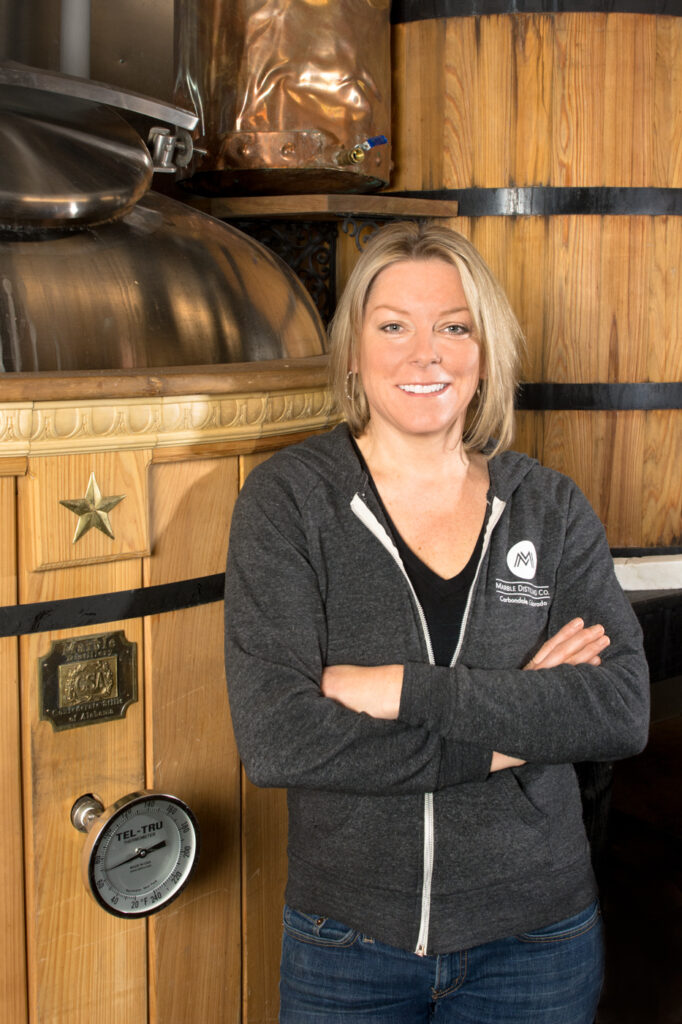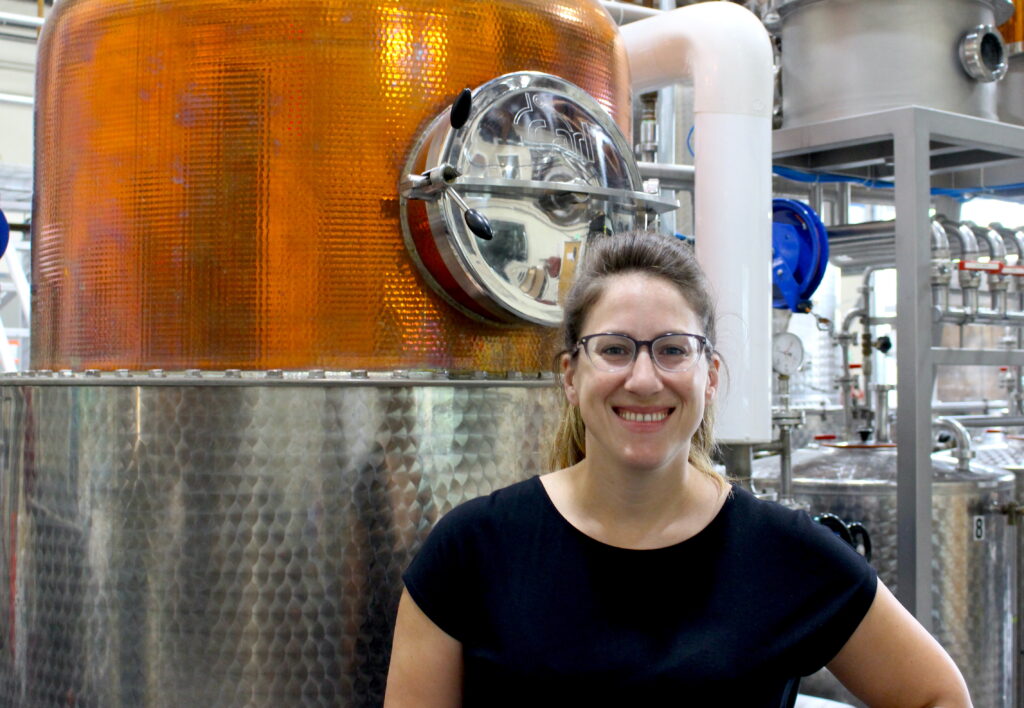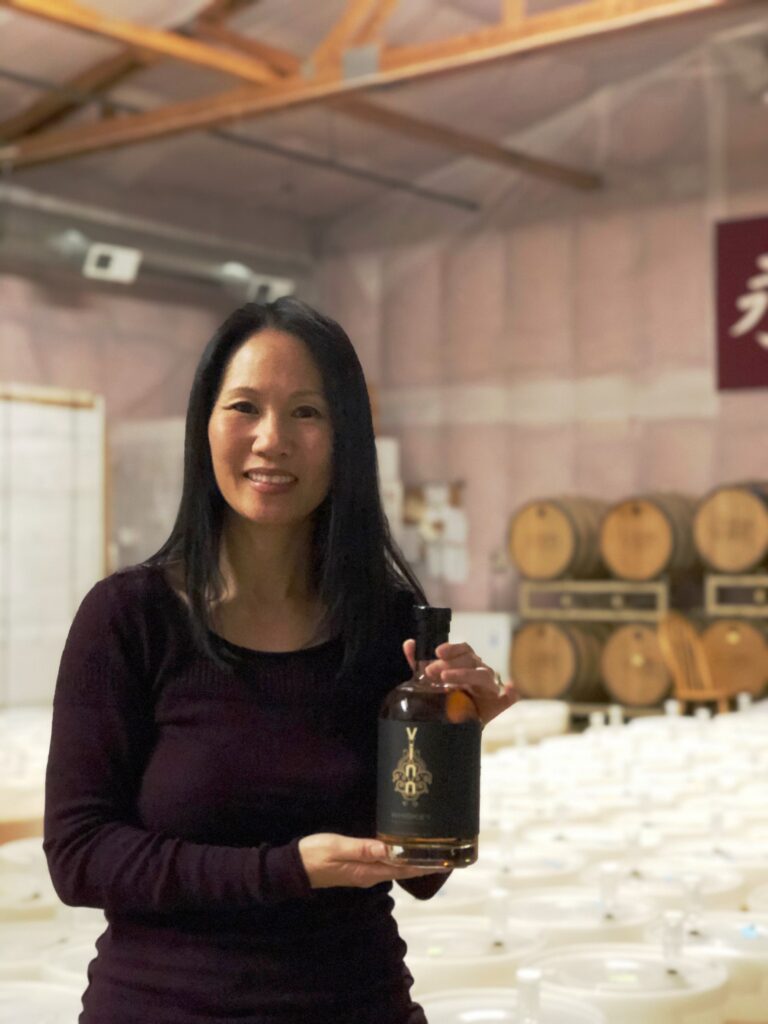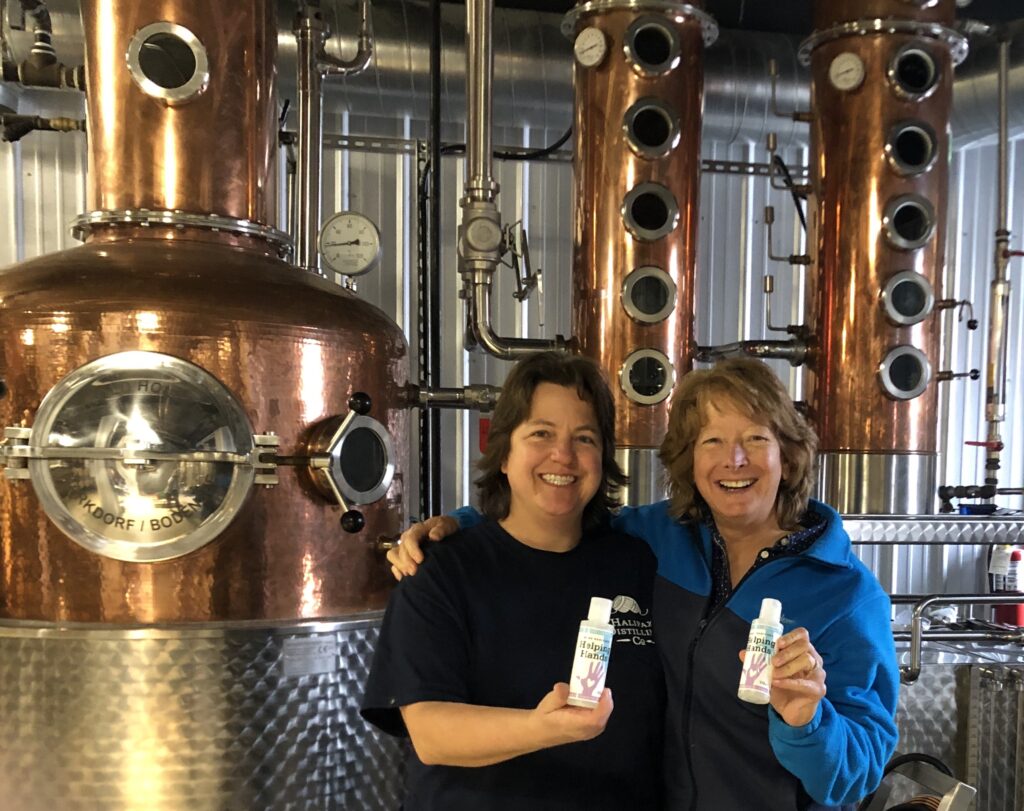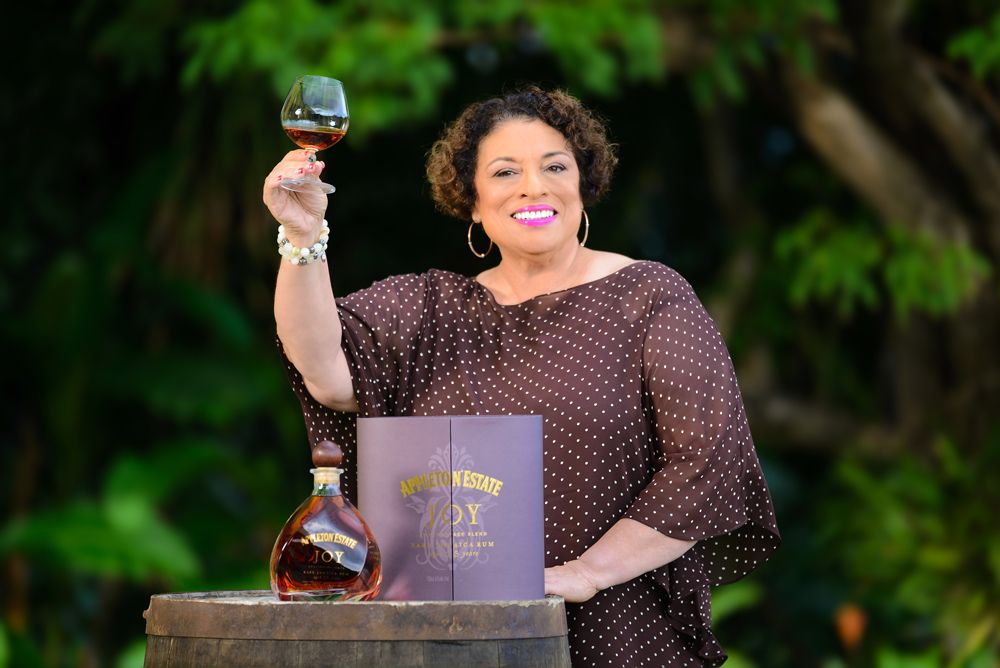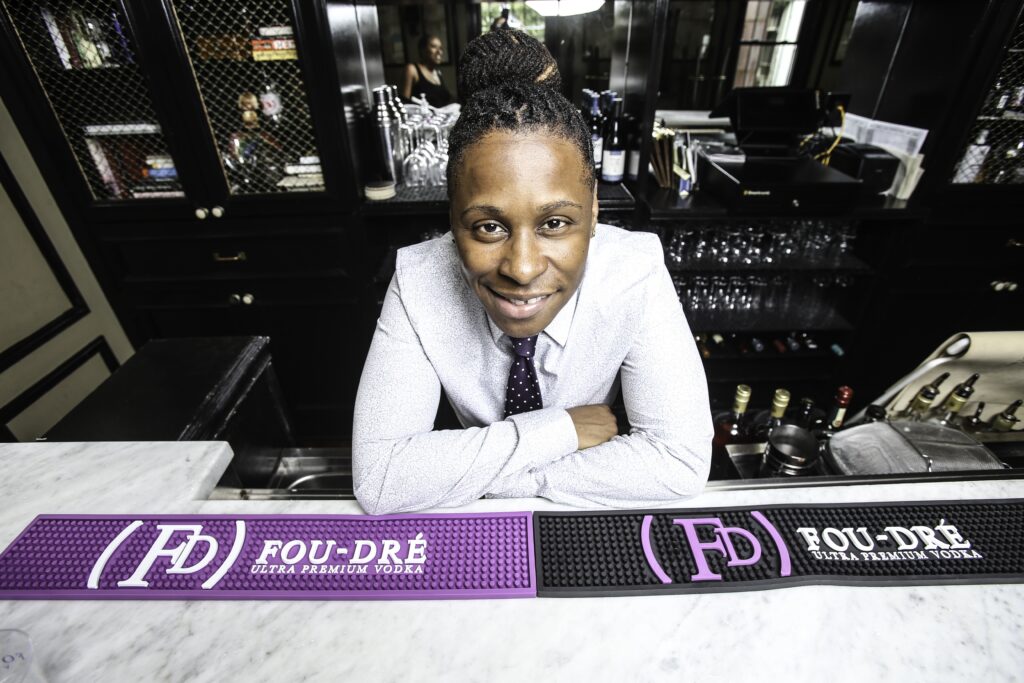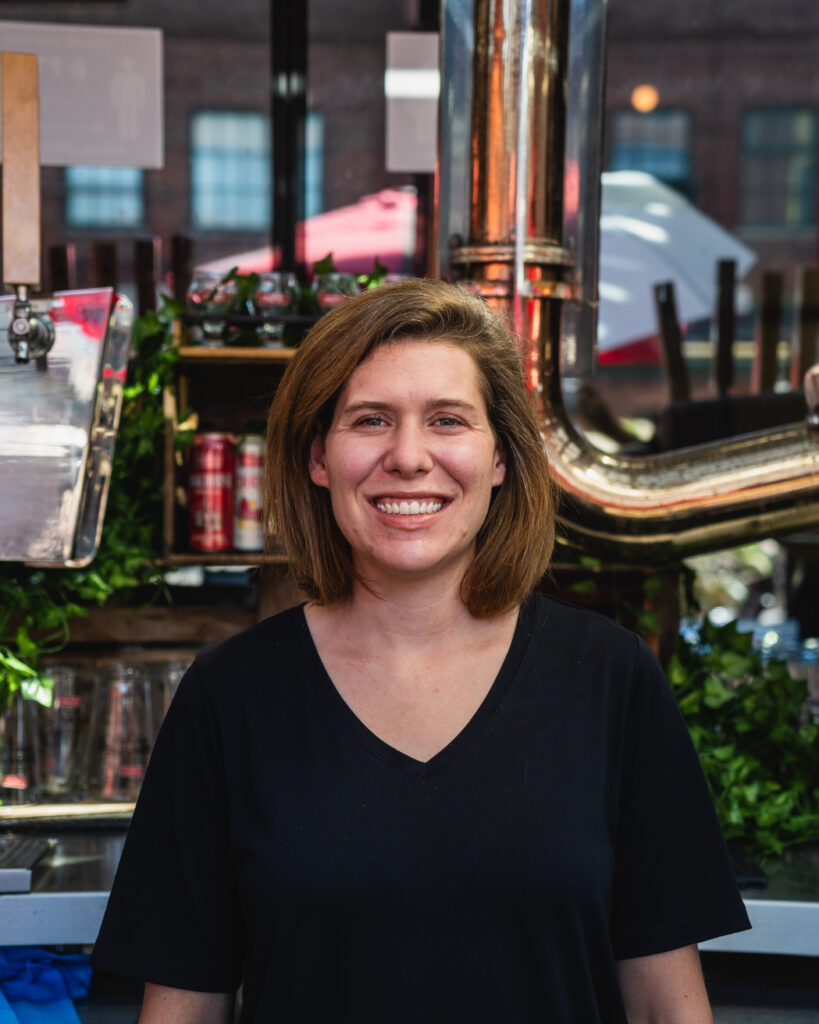How to Use the ‘Gram to Maximize Your Craft Beverage Brand

By: Chris Mulvaney, President (CMDS)
What three things do Tito’s, Blue Chair Bay Rum and Trillium Brewing Company have in common? All three have mastered the ‘gram game and have boosted their brand success by putting out a consistent cross-formula of brand content, brand awareness and maximizing audience engagement across the ever-growing social media platform.
Whether you are a craft brewer, startup spirit producer or global drinks company, your social media presence should be at the top of your priority list. But how exactly can crafters use Instagram to grow their business?
Instagram is a visually appealing social media platform. In recent years, it has started to dominate Facebook in that it is not as overcrowded and expensive. The beauty of Instagram is that brands can still establish an organic relationship with their followers and can develop brand personas, becoming known for a certain tone, content and style. They can build their brand immensely just by being an active user. Also, the influencer market has never been so powerful for brand awareness.
Instagram Strategy
Once you get a grasp of the platform, then you must define your social media strategy to gain the right followers and maximize engagement.
This should include:
• Increasing brand awareness.
• Driving website traffic.
• Increasing website engagement to generate leads and drive sales.
• Increasing customer retention, engagement, and followers.
How can a brand stand out in an increasingly competitive market?
• Quality products, first and foremost.
• Great marketing.
After that, tell your brand story through photos, partnerships, video and human interaction. Think about what separates your product from others in the market. This isn’t something that’s achieved by one post, but over time, and means connecting your product to something much wider than the drink itself.
For example, Mexican brand, Corona, understands the appeal of their beverage isn’t just the beer itself. A Corona and lime brings to mind vacations, beaches, relaxation and sun.
They’ve fully embraced this as their brand, tying the image of plunging a fresh lime into a cold Corona to diving headfirst into the waters of a clear blue ocean.
Organic Media vs. Paid Media
In the past, the goal of most marketers on Instagram tended towards growing a big following, then continuously publishing content that’s relevant to their brand and audience. One important point to realize, however, is that just because you have 1000 followers doesn’t mean every time you post all 1000 of them will see that post.
In fact, the reality is a much smaller percentage of them will ever see your post and that’s where the term “organic reach” comes in.
Organic
One of the most important things to understand about social media marketing is that the way companies can succeed on social media will be entirely dependent on whether they can create an organic experience for users.
Organic reach determines how many of your followers will see your post without you paying.
This concept of organic reach is prevalent on Instagram since the algorithms used to determine who will see your content at any given time are based primarily on engagement.
Tips to Get More Organic Reach:
• Feed your audience with more value.
• Upload at least two posts a day.
• Make use of all the features (posts, stories, comments, hashtags).
• Use attention-grabbing headlines.
• Use paid sites like Sprout Social to understand the industry atmosphere and create an ongoing dialogue with your audience.
Paid Distribution
Due to changes in organic reach over the years, companies have been forced to rethink their social media strategies, and in many cases begin exploring other avenues to reach their users on social media, specifically through paid distribution.
Utilizing paid channels has a number of benefits because it can target users based on demographic information, behavior and interests. Because of this, marketers are able to drill down to specific audiences.
Seven Steps to Success
Gaining followers and engagement isn’t about simply posting once a week and hoping for the best. In fact, a successful strategy on Instagram should include concrete goals, an ongoing content calendar, a scientific approach to who you’re trying to reach and how many people you expect to interact with.
The following are seven important steps to grow your brand on Instagram.
1. Be consistent: It’s important to define a core strategy for your brand. It should be consistent across all channels and the narrative should be easy to follow. You’ll need to balance product content, campaign content and brand content to be most effective.
How to maximize consistency on the Instagram platform:
• Post stories often.
• Like and comment on posts.
• Run a contest.
• Post engaging captions.
• Offer free advice or information.
• Post during active hours.
• Use Instagram ads (paid distribution).
• Have a strong visual brand strategy.
2. Use clever alcohol hashtags: Using clever alcohol-related hashtags can help get your brand trending online or inspire a sense of community with your customers.
Studies have shown the optimal number of hashtags to use in Instagram consistently is seven. However, even more important is to define your hashtags, include them on packaging and don’t change them too often to make sure fans can refer to you easily.
3. Use Influencers: The influencer market has never been so powerful. There are hiring sites for influencers that will allow you to enhance your brand and vision through them. It’s a great way to promote engagement because it boosts brand awareness fast and increases your potential to go viral.
4. Keep the “social” in social media: A great way to inspire your fans is to use social media to inspire real world engagement. Your brand will get the most out of social media by catering to the interactive experience. It’s important to be part of the conversation around social events which will resonate with your market – both in terms of pre-planned campaigns and via reactive content.
Just having a social media account is not enough. Successful brewing and spirit brands actively encourage their fans to engage with their accounts. Many have received some serious engagement by re-posting user generated photos.
Whether you’re sponsoring a national event, or you can be reactive in a more local way, providing up-to-date content and being part of the conversation will help to keep your brand relevant.
5. Offer a Backstage Pass: Take your followers behind the scenes. Let your audience peek behind the curtain and see how their favorite drinks are made. Post photos of the start-up days, of the staff living life and having real experiences.
6. Connect to a Cause: Just as social media users don’t only care about likes and clicks, drinkers don’t care solely about their alcohol. More and more, consumers care about the ethics behind the products they’re buying. Remember, they are buying a brand.
For example, New Belgium Brewing Company put meaning behind their message with their #FindingCommonGround campaign, which not only connects their outdoorsy aesthetic brand to a public land cause, but raised over $250,000 for charity.
It’s worth the investment, on multiple levels, to put some of your efforts into giving back.
7. Partner with other brands: A drink is better with friends. Likewise, a brand is better in a partnership.
Consider doubling up your power for promotions with a complimentary brand. Partnerships are especially good on Instagram for giveaways, allowing you to expand your offer and reach two different audiences.
Make sure to find a brand aligned with your goals, and of similar size to get maximum value from a partnership.
Don’t Make These Common Instagram Mistakes
Common mistakes brands can make on Instagram can hurt them exponentially. Here are some important ones to avoid:
• Sharing more reposts than original content.
• Taking too long to respond to comments.
• Favoring quantity over quality.
• Misusing hashtags.
• Buying likes and fake followers.
• Not paying attention to analytics.
Recap
Craft beverage companies have a product that is in demand, but they are working in an increasingly competitive market. Digital marketing allows them to stay ahead of the game through creative branding and audience engagement.
As a recap, here are some main social media tips as discussed above:
• Get to know how the Instagram platform works.
• Define your social media strategy.
• Tell your brand story.
• Utilize organic search and paid distribution.
• Be consistent.
• Use hashtags.
• Use influencers.
• Inspire real world engagement.
• Take your followers behind the scenes.
• Connect to a cause.
• Partner with other brands.
• Keep it going; don’t stop!
The Last Gulp
If craft beverage companies hope to engage consumers and boost their sales in this competitive market, they have to adopt a social media strategy that ensures success. While there is no cookie-cutter formula to success on Instagram, there is a pattern that works across the platform if utilized properly.
The realness is in the engagement and knowing how to maximize your followers and their engagement. So keep thinking: just how can you brew up a social media campaign as unique as your beverage?
Chris Mulvaney is a business developer, entrepreneur, and an award-winning creative marketing strategist. His extensive professional background includes working with some of the world’s leading brands – and personally helping clients refine their corporate vision and generate the kind of eye-popping results that too many companies only dream about. Visit… cmdsonline.com

